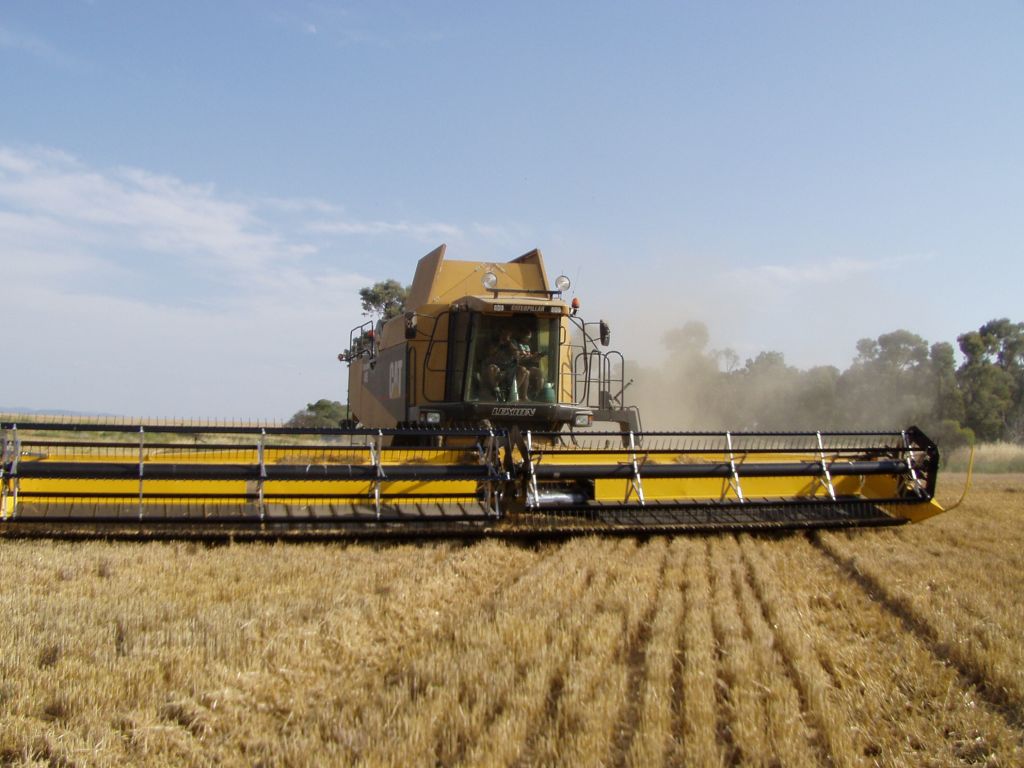
EXPERT REACTION: Farm machines as heavy as dinosaurs could wreck 20% of the world’s croplands
Researchers have shown that, globally, increasingly heavy farm machinery is stressing the deeper layers of soil underneath the surface to the point it's now exceeding the safe limits for soil ecology. Global food production may be affected, as one-fifth of productive land for crops is at risk of subsoil compaction, including Australia. While not in that grouping, parts of NZ were also classed as at relatively high risk. The total weights of modern farm machines are now almost as heavy as the biggest dinosaurs, the sauropods, and the authors call for stricter design of farm machinery to protect deeper soils.
Journal/conference: Proceedings of the National Academy of Sciences
Research: Paper
Organisation/s: Swedish University of Agricultural Sciences (Sweden), Department of Agroecology & Environment, Agroscope, Swiss Federal Institute of Technology (Switzerland), Desert Research Institute (USA)
Attachments:
Note: Not all attachments are visible to the general public
News for:
International
Media contact details for this story are only visible to registered journalists.


Expert Reaction
These comments have been collated by the Science Media Centre to provide a variety of expert perspectives on this issue. Feel free to use these quotes in your stories. Views expressed are the personal opinions of the experts named. They do not represent the views of the SMC or any other organisation unless specifically stated.